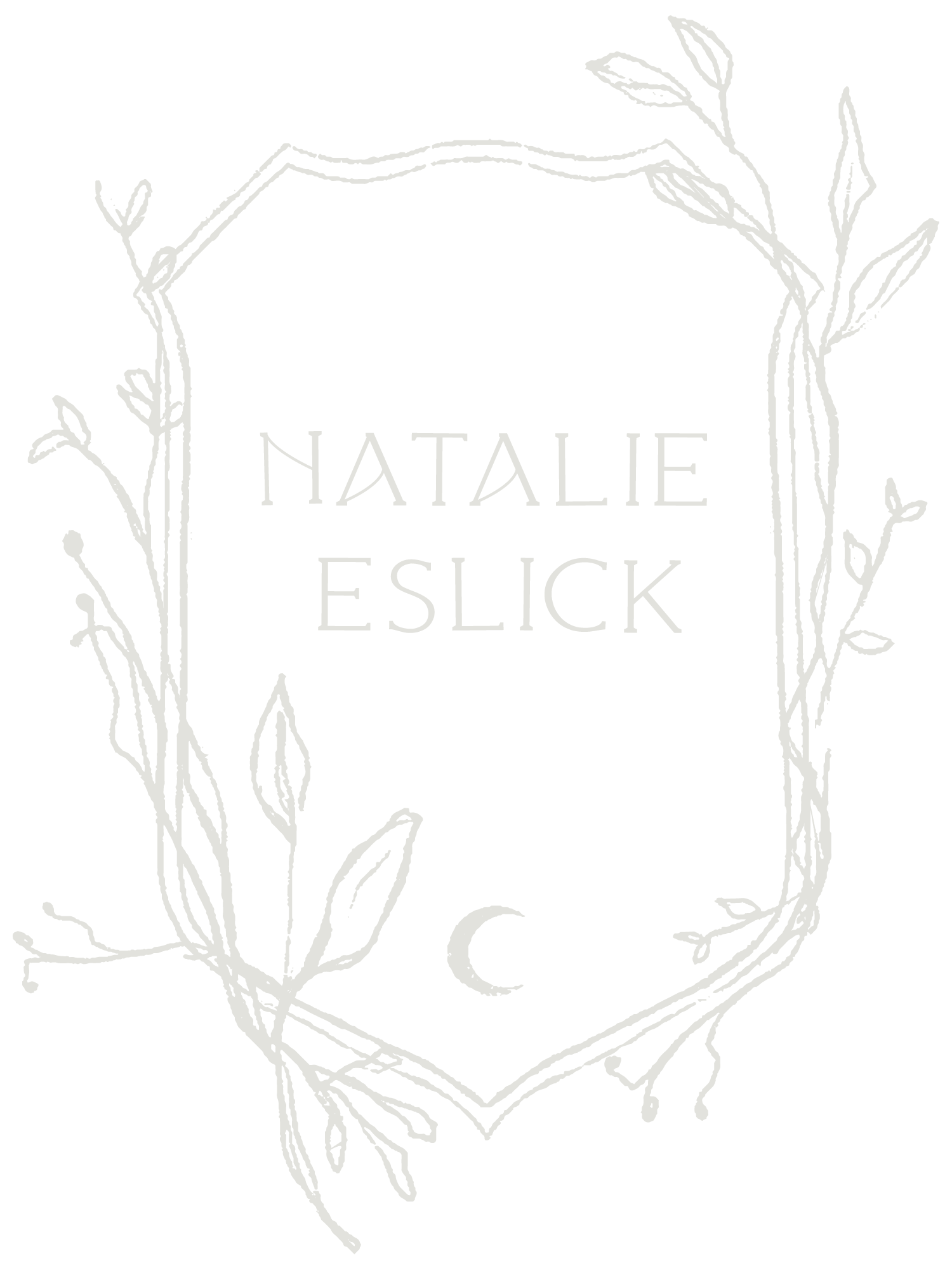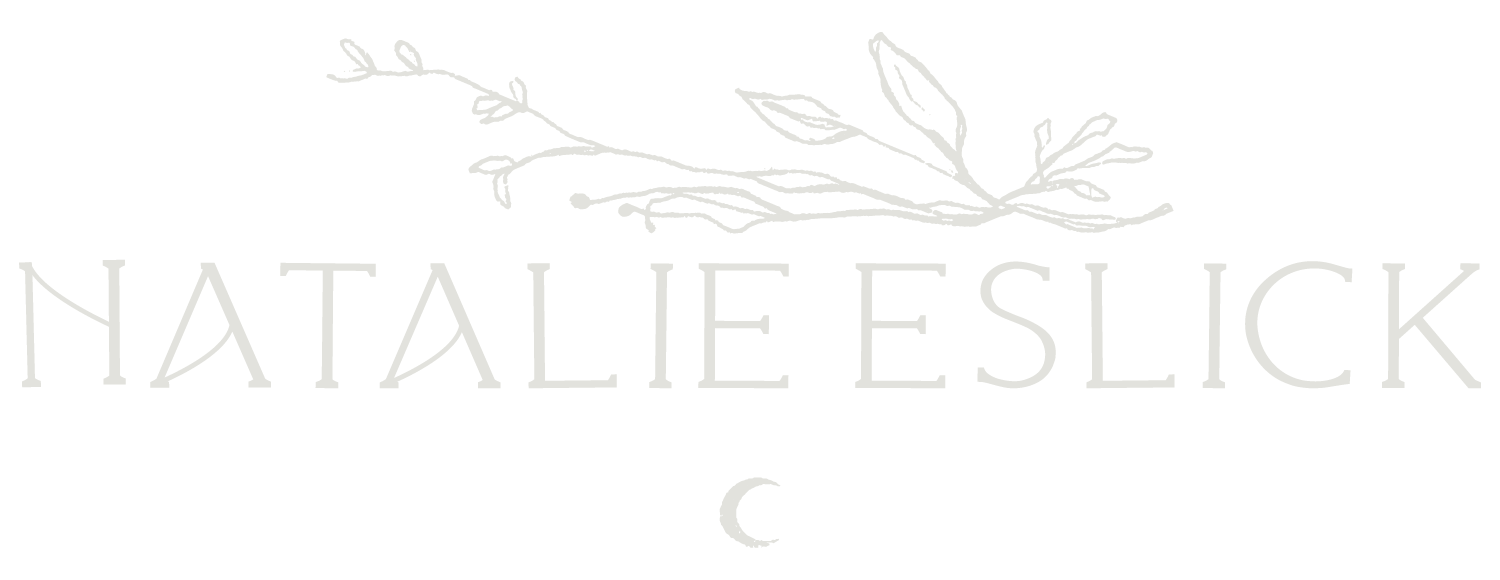A Blue Jay's Guide to Creative Experimentation
When you were a kid and you got new supplies for school (or because you pleaded with your parents), did you sit down and try them all out, or did you just dive into a project with them? I had not realised until fairly recently that I have been a swatcher my entire life, before I even know what that meant.
Swatching, or creating a key of your supplies that shows you just how they look on a surface, is a beautiful, meditative, calming way to connect to your supplies, to be present to creativity, and to play without focus on outcome.
When was the last time you let yourself play with colour? Not for a finished piece, but just for the pure joy of seeing how different hues dance together on the page? I am inviting you to swatch with me today, and I think you are going to love it. We're going to take inspiration from one of nature's most vibrant teachers - the bold, beautiful blue jay.
Blue jays are masters of self-expression. They sport some of the most striking blues in the bird world, yet fascinatingly, their feathers don't actually contain blue pigment. The colour we see comes from the way light interacts with the microscopic structure of their feathers - a phenomenon called structural colouration. Nature's very own light show! But also, seriously, how amazing is that?
The Value of Systematic Play
Before we dive into creating our blue jay portrait, we're going to do something that might seem simple but is profoundly important: we're going to swatch our blue pencils. All of them or some of them, your choice. I am going to go for 20 pencils, about a third of my collection :) We’re going to swatch systematically, mindfully, and with genuine curiosity about what each one has to teach us.
This isn't just about finding the "right" blues for our jay. It's about:
Building confidence through experimentation
Understanding how colours interact
Developing our own colour vocabulary
Finding joy in the process of discovery
When we take time to really know our tools, they become partners in our creative practice rather than just implements we use. Each pencil has its own personality, its own way of laying down colour, its own unique contribution to make.
Learning from Nature's Palette
Blue jays remind us that colour is never just one note. Look closely at their feathers and you'll see:
Deep midnight blues
Bright sky blues
Soft grey-blues
Crisp white bars
Black accents
These colours work together in perfect harmony because nature understands something we often forget: it's the relationships between colours that create magic, not just the colours themselves.
The Practice of Mindful Swatching
Here's how we'll approach our colour exploration:
Create an organized grid for our swatches
Test each blue at a light pressure
Layer the colour to get a darker, more pigmented colour (no need to press hard!)
Make notes or comments about each pencil's qualities
Let curiosity guide our experiments
This isn't about finding the "perfect" blue - it's about understanding the possibilities each pencil offers. Think of it as getting to know twenty (or more!) new friends, each with their own unique voice to add to our creative chorus. We get to experiment like this to find out what pencils we like best, soft, harder, waxy, oil based. We get to experiment like this to support our practice and give ourselves more skill and knowledge. And we get to experiment like this because we are allowed to foster curiosity and courage and compassion!
From Swatch to Sketch
Once we've explored our blues, we'll bring this understanding to our blue jay portrait. But we'll carry forward the same spirit of experimentation and play. We'll:
Choose just a few blues - a light, a mid tone, and a dark tone. You can add a couple more later, but start with just a few (restricting choice really lends freedom!)
Start with the boldest shapes, think like a sculptor
Refine your shapes slowly, don’t rush into detail - we are looking for connection, not perfection, remember!
Layer colours thoughtfully
Let some areas stay loose
Find balance in our details
Remember, blue jays themselves aren't trying to be perfect - they're simply being exactly who they are, in all their bold, beautiful glory.
This is play! Maybe choose some unexpected blues - the “right” colour doesn’t matter (if it even exists!). Realism comes from value, not colour, so focus more on getting that balance of light and dark.
The Joy of Colour Confidence
There's something transformative about really knowing your tools. When we take time to explore and experiment, we build the confidence to:
Make bold colour choices
Trust our artistic intuition
Find joy in the process
Let our unique style emerge
Just as blue jays don't hesitate to announce their presence in the world, we can learn to express ourselves more confidently through our art when we truly understand our tools.
A Practice of Curiosity
This approach to colour isn't just about creating more realistic wildlife art (though it certainly helps with that!). It's about developing a practice of curiosity that can transform how we approach all aspects of our creative journey.
When we combine systematic exploration with playful experimentation, we create a foundation for growth that feels both grounding and liberating. We learn to trust both our analytical and intuitive sides, just as we need both careful observation and creative freedom to capture the essence of our wild subjects.
Remember, every artist's colour journey is unique. The way you see and interpret colour, the combinations that sing to you, the techniques that feel natural in your hand - these are all part of your artistic voice. By taking time to really explore and understand colour, you're not just learning about pencils - you're discovering more about your own creative expression.
Let's celebrate the joy of colour exploration together, guided by one of nature's most colourful teachers. After all, if a blue jay can rock their blues with such confidence, why shouldn't we?







